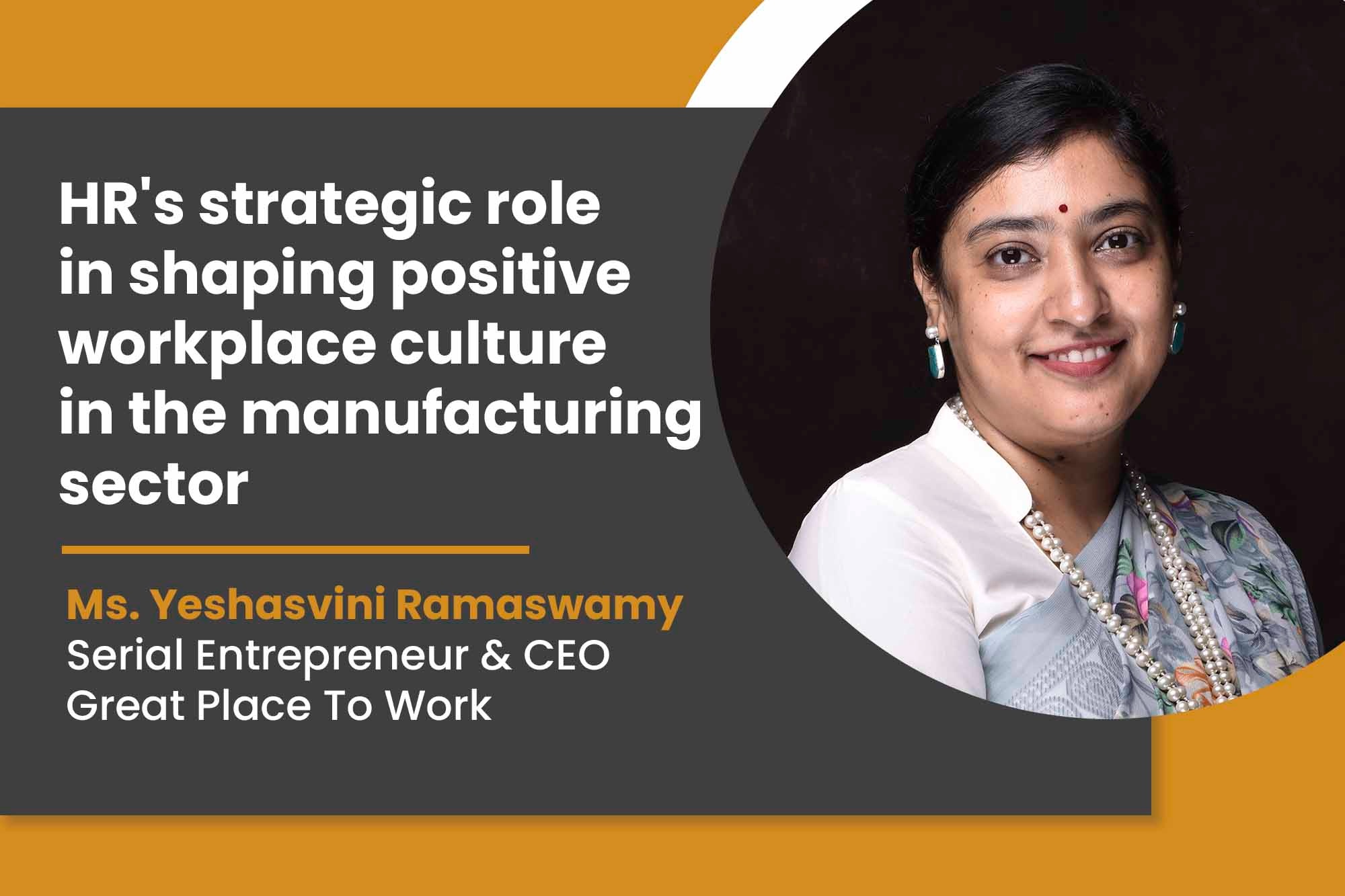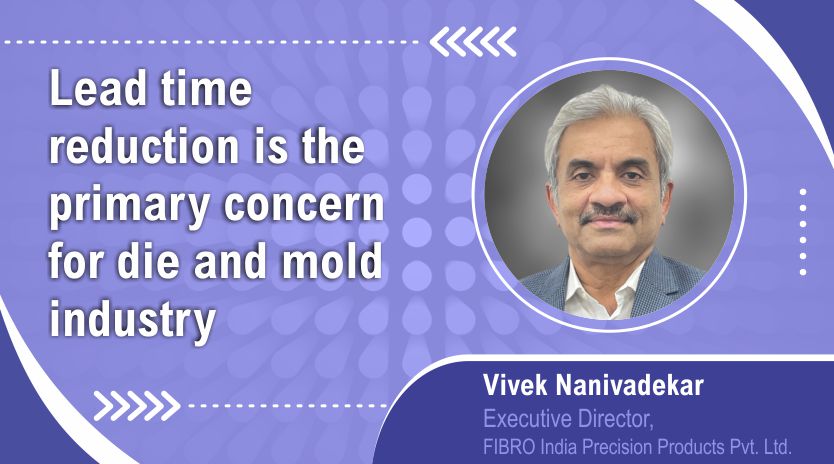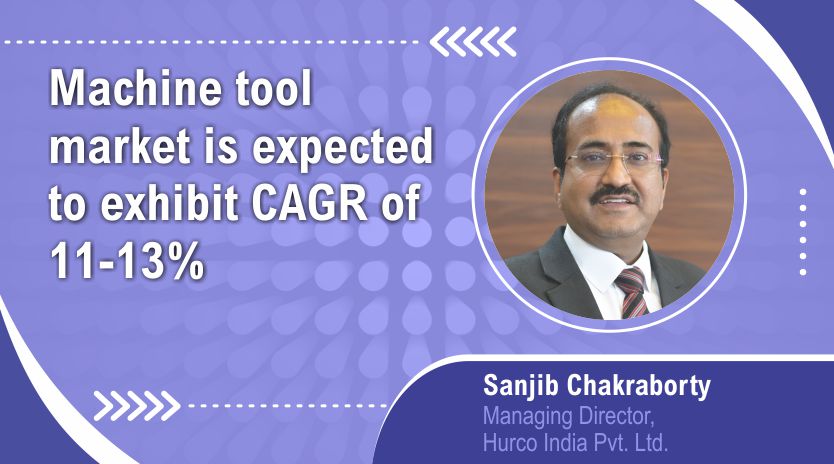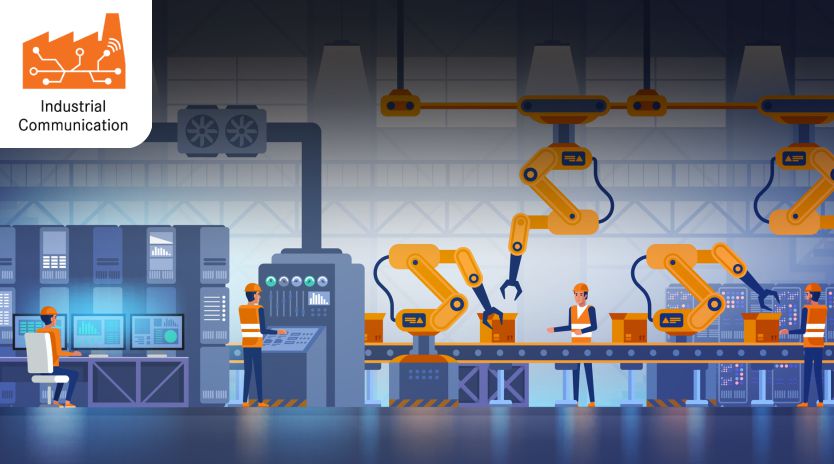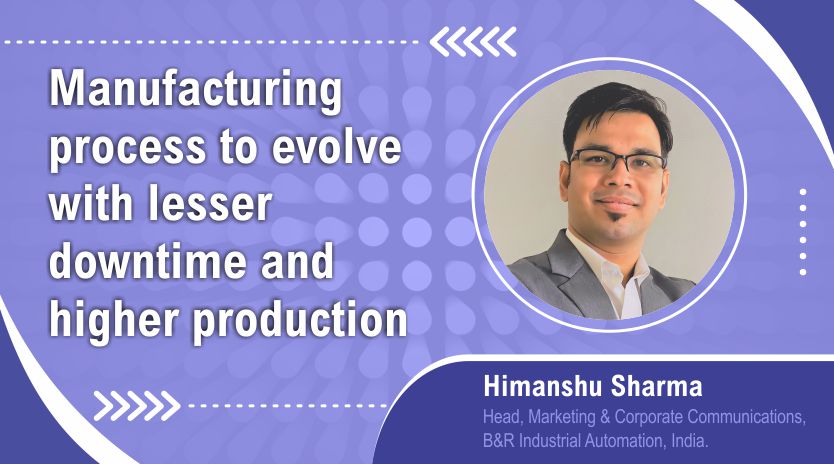Addressing privacy and security concerns key to higher investment in IoT
By OEM Update Editorial June 10, 2020 12:37 pm IST
The first step when devising an effective implementation strategy should revolve around an organisation’s operational environment and the devices, applications, and processes that make it up.
Sameer Mudhalwadkar, Sales Director – SAARC & Middle East, Red Lion Controls explains that data communication is the basis of the Connected Factory, and also talks about the technological advancements in smart manufacturing that we can expect in the near future.
How has your company’s journey been in the adoption of smart factories?
The story of Red Lion is a story of innovation. Founded in 1972, the portfolio of products has been continuously expanded with automation and networking series. In addition to the hardware, Red Lion also offers specially developed automation software, which in combination with the hardware, configures completely independent automation environments. This makes Red Lion unique, as its hardware and software is independent of other manufacturers.
The advantage is obvious: the development of the automation software Crimson® ensures a further use of Red Lion automation hardware devices. Further innovations can be implemented through software updates. No expensive new equipment or installations have to be made in order to continue producing cost-efficiently with a high ROI.
A big advantage for the connected factory is Crimson®’s ability to convert up to 300 protocols, i.e., to let new and old systems communicate with each other. Data communication is the basis of the Connected Factory. An important step was also the connection of pre-configured cloud providers, which are easily connected via plug and play configuration of MQTT connectors.
What kind of steps do companies, including MSMEs, need to take for the adoption of smart factories?
The first step when devising an effective implementation strategy should revolve around an organisation’s operational environment and the devices, applications, and processes that make it up. Before plans are put into action, organisations should consider the following five key elements:
Legacy equipment: Take inventory of the devices and equipment across the network. How old are they? Do they need to be replaced or upgraded? Is legacy equipment going to be able to communicate with newer equipment? How much time and money will this take? What cost-effective solutions can address this infrastructure?
Protocols/communication: Along with the equipment, what protocols are being used by networked devices? How many are in use? Do they need to be converted in order to get the devices to communicate with others in the same environment? What type of media cabling is being used across locations? Fibre-optic cable? Serial (RS-232/422/485)? USB? Copper?
Location/environment: Where is the facility located? If equipment is in a remote location, can each device be monitored via cellular networks? Are 4G/LTE or 3G networks available to reach the site? If not, are broadband or fibre-based networks available? Also, within the building itself, what is the overall environment? Hot and dusty, or at a controlled temperature? Lots of vibration? Are there flammable gases? Is industrial-grade equipment that is designed with wide environmental ratings and industry certifications being used?
Security: According to a recent Business Insider Intelligence survey, 39 percent of executive respondents indicated that privacy and security are the most significant barriers to IoT investment. Security was the most commonly cited concern among respondents. While this survey applies to all items in IoT, security should be an important concern for IIoT as well. How can sensitive data be protected when it is collected and transferred? What security measures are in place for the systems that collect, monitor, process and store IIoT data? Are there any regulations regarding the protection of data and information?Staff: As more technology-based devices are added to the network, is the right IT staff on hand? Are other employees who are tech-savvy available to help with installation and monitoring? Is software or remote monitoring needed to keep tabs on devices in other locations?
How have machine learning (ML), artificial intelligence (AI), robotics, automation and big data been implemented by OEMs to move towards a Connected Enterprise?
There is no longer a barrier between discrete data points or individual application intelligence. Instead, good count data can be used to improve Overall Equipment Effectiveness while also reducing loss and waste. That same data set can improve production efficiency and compare difference between production shifts.
But all of this possibility doesn’t mean your organisation wants — or needs — to invest in all new sensors, networking solutions or data-gathering devices. Instead, you want to leverage what you already have while levelling it up with the latest IIoT protocols to build a feedback loop for all actionable data.
Nowadays, OEMs are building machines using open protocol control and automation devices which can connect to cloud, making data available for all type of analytics and provide the user with access to features like machine learning, artificial intelligence, etc.
What are the challenges faced by OEMs while transitioning towards smart factories?
Today’s factory floor communication protocols should be able to transmit data in a cloud environment, even when network connections are constantly dropped. They should also offer consistent, robust security, and easy scalability. The cellular network medium is proving to be highly reliable and secure, offering traditional data encapsulation like VPN tunnels, as well as more advanced methods to secure data like private access point names (APNs) or software defined networking (SDN).
In years past, data collection in manufacturing facilities and remote locations was extremely limited. Specific information was gathered from a particular piece of equipment (or process) to monitor (or improve) a single operation. Think of it as thousands of employees continuously running around collecting data on clipboards from legacy equipment and manually feeding information into an analysis tool. Most of the factories have the legacy products which need to convert for cloud connection. Single device with multiple protocol support is required in smart factory application to connect legacy devices.
What kind of technological advancements can we expect with respect to smart manufacturing in the coming years?
The next challenge is edge computing and automation, where computer applications, data and services are moved away from central nodes (data centres) to the outer edges of a network. In other words, the aim is to process data streams in a resource-saving manner, at least partially on-site (e.g. directly at the end device or within a factory), while still benefitting from the advantages of the cloud.
The new intelligent Edge Automation Platform FlexEdge™ of Red Lion enables users to design and integrate flexible edge automation solutions for their applications. The platform offers devices with router features up to modular gateways and scalable edge controllers for data acquisition and data digitisation. The interchangeable connection options of each individual device offer great flexibility and make the platform future-proof in the event of changing conditions.
A special focus is to offer connectivity with automation in one device. At the same time, a future-proof installation must be guaranteed that can adapt to changing production environments, connections and data protocols. The integrated automation software Crimson, developed and owned by Red Lion, offers outstanding features for building a stand-alone automation application. Future-oriented and adaptable to changing protocol standards, it offers easy set-up of the application including cloud connection via MQTT with simple plug and play configuration, even for first-time users.
Cookie Consent
We use cookies to personalize your experience. By continuing to visit this website you agree to our Terms & Conditions, Privacy Policy and Cookie Policy.




